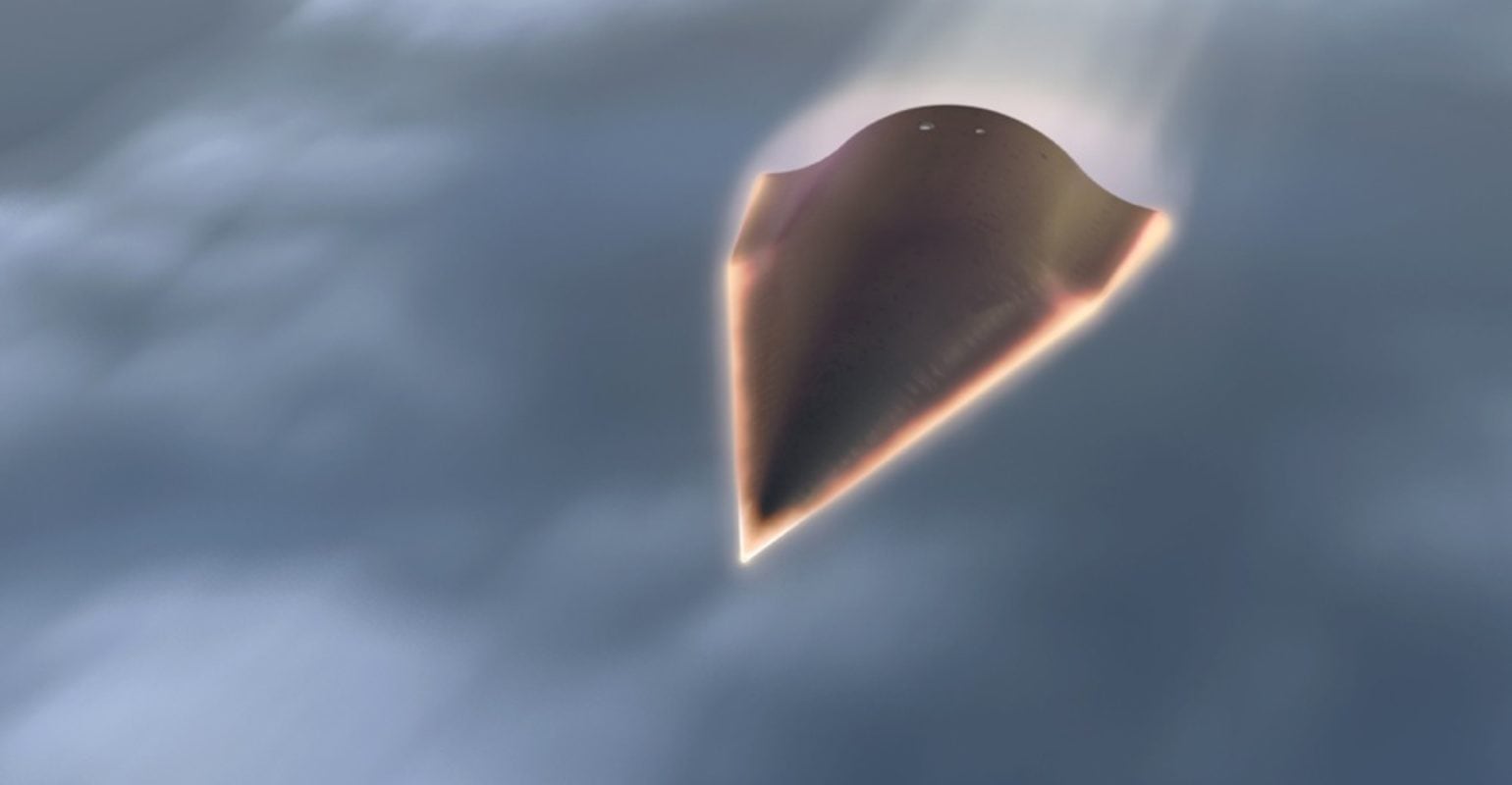The U.S. Missile Defense Agency submitted its report on unfunded priorities to Congress last week, which includes a number of priorities worth more than $1.1 billion. The list demonstrates the tangible consequences of a flat Pentagon budget request and provides a road map for lawmakers to ensure that the U.S. homeland and America’s forward-deployed troops have sufficient missile defense protection.
The Trump administration requested $705.4 billion for the Department of Defense for fiscal 2021, a level that fails to keep pace with inflation. Accordingly, the DoD is only requesting $9.2 billion for FY21 for the MDA — more than an 11 percent reduction from the FY20 enacted amount of $10.4 billion.
The National Defense Authorization Act requires the MDA to submit a list to Congress of items not included in the administration’s budget request but that are “necessary to fulfill a requirement associated with an operational or contingency plan of a combatant command or other validated requirement.” The list includes programs that combatant commanders genuinely need and would have included if additional resources were available.
The MDA’s top unfunded priority for FY21 is $231 million for 10 additional Standard Missile-3 Block IIA missiles. The SM-3 IIA missile is designed to intercept medium- and intermediate-range missiles. This additional purchase would bring the total number to 24 missiles a year, which MDA calls the “maximum sustainable production rate per year without further investment.”
RELATED

In addition to the SM-3 IIA’s vital existing capabilities against medium- and intermediate-range missiles, the DoD believes that the missile could potentially be adapted to intercept intercontinental ballistic missiles. In response to a mandate in the NDAA, the MDA plans to conduct a flight test this spring, known as FTM-44, to determine whether an SM-3 IIA could intercept an ICBM. If successful, the SM-3 IIA could then provide an additional and complementary layer of protection for the U.S. homeland against a limited ICBM attack from an adversary such as North Korea.
Consequently, keeping the SM-3 IIA production line at full speed would enable the U.S. to meet combatant commander requirements for medium- and intermediate-range ballistic missile defense. And if the test this spring is successful, optimized ongoing production would also allow the DoD to more quickly field SM-3 IIAs for homeland defense against ICBMs.
The MDA’s second- and third-highest unfunded priorities relate to the Terminal High Altitude Area Defense system. These include $319 million to procure an eighth THAAD battery for the United States and $30 million to procure trucks required to support THAAD systems.
The THAAD is a rapidly deployable land-based missile defense system designed to intercept incoming ballistic missiles during their terminal (or final) phase of flight. Since the program was initiated, the MDA reports, THAAD has completed 15 successful intercepts in 15 attempts.
THAAD uses hit-to-kill technology to destroy an incoming warhead. It is effective against short-, medium- and some intermediate-range ballistic missile threats. The DoD can transport the THAAD system by air, land or sea.
Iran’s January ballistic missile attack on U.S. service members at two bases in Iraq highlighted the lack of sufficient U.S. ballistic missile defense capacity. With no U.S. ballistic missile interceptors in range, U.S. forces could only watch and wait for impact. Had a THAAD system been deployed in the region, the U.S. could have intercepted the Iranian ballistic missiles and better protected U.S. troops.

Acquiring an eighth THAAD battery makes not only operational sense, but also financial sense. Saudi Arabia is purchasing a large quantity of THAAD systems. A U.S. and Saudi “synchronized” purchase would enable the U.S. to benefit from the associated economies of scale.
The fourth priority on MDA’s unfunded list is $39 million to “develop technology and advanced command and control to integrate networked sensors to detect and track advanced cruise missile threats.”
As Gen. Terrence O’Shaughnessy, the commander of Northern Command, highlighted in congressional testimony on Feb. 13, the U.S. homeland remains incredibly vulnerable to a cruise missile attack. He testified that “advanced cruise missiles now carried by Russian aircraft and submarines present a growing challenge to our current sensor networks and have the range and accuracy to strike military and civilian targets throughout the United States and Canada.”
O’Shaughnessy argued that investments in cruise missile defense capabilities “are necessary to defend our vital facilities and infrastructure, preserve our national ability to project power abroad, and help to safeguard our citizens and vital institutions.”
That is exactly what MDA’s unfunded priority would do, and the burden of proof should be on those who argue that it should not be funded.
A fundamental responsibility of the federal government is to protect the American people. The MDA’s report on unfunded priorities to Congress demonstrates that the agency requires additional funding from Congress to fulfill this important responsibility.
Bradley Bowman is the senior director for the Center on Military and Political Power with the Foundation for Defense of Democracies.








